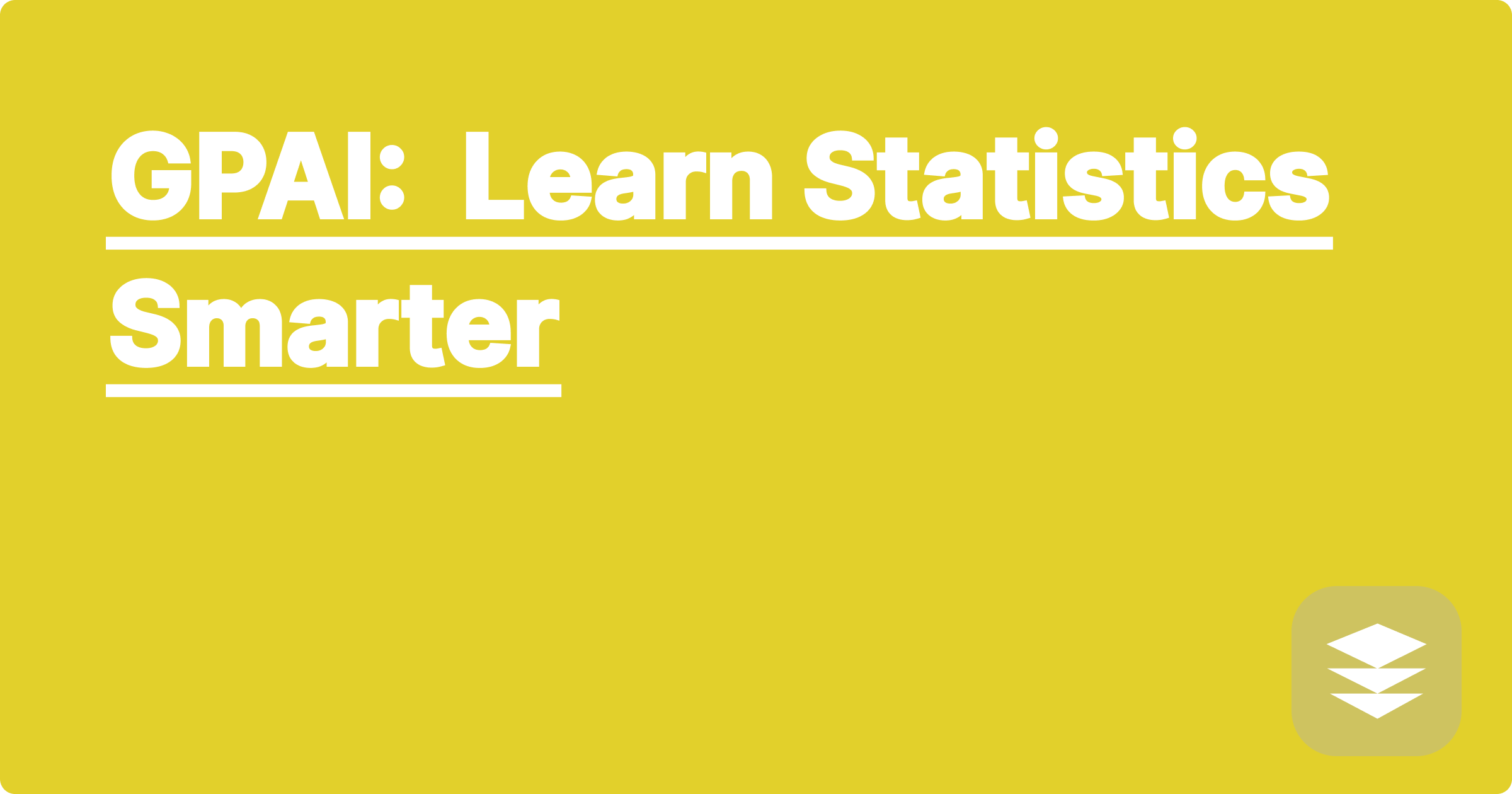
The demanding world of STEM education often leaves students feeling overwhelmed. The sheer volume of information, complex concepts, and challenging problem-solving can be daunting, even for the most dedicated learners. However, the rise of artificial intelligence offers a powerful new ally in this academic journey. AI-powered tools are transforming the way we learn, providing personalized support, and unlocking new levels of efficiency. This post will explore how GPAI, a fictional AI-powered learning platform, and other AI tools can revolutionize your approach to statistics and empower you to achieve academic success in STEM.
For STEM students and researchers, mastering statistics is crucial. It's the foundation for data analysis, experimental design, and interpreting research findings. However, traditional learning methods often fall short in providing the personalized support and adaptive feedback needed to truly grasp these complex concepts. This is where AI steps in, offering a smarter, more efficient way to learn statistics. By leveraging the power of AI, you can overcome learning hurdles, accelerate your understanding, and gain a competitive edge in your academic pursuits.
Statistics, while essential, can be a significant stumbling block for many STEM students. The abstract nature of statistical concepts, coupled with intricate formulas and complex problem-solving, can create a steep learning curve. Students often struggle with understanding core concepts like probability distributions, hypothesis testing, and regression analysis. Traditional textbooks and lectures can sometimes feel impersonal and fail to address individual learning needs. This gap between the complexity of the subject and the limitations of conventional learning methods can lead to frustration, decreased motivation, and ultimately, hinder academic progress. The need for a more personalized, adaptive, and engaging learning experience is evident.
AI-powered learning platforms like our fictional GPAI offer a revolutionary approach to mastering statistics. GPAI utilizes sophisticated algorithms to analyze your learning patterns, identify your strengths and weaknesses, and create a personalized learning path tailored to your specific needs. Imagine having a virtual tutor that understands your individual learning style and adapts its teaching methods accordingly. GPAI provides targeted practice problems, customized explanations, and real-time feedback, ensuring that you focus on the areas where you need the most support. Beyond GPAI, other AI tools like Wolfram Alpha can assist with complex calculations and provide step-by-step solutions, while ChatGPT or Claude can help you understand abstract concepts by explaining them in simpler terms and answering your specific questions.
Using GPAI is surprisingly intuitive. You begin by creating a profile and indicating your current level of understanding in statistics. The platform then assesses your baseline knowledge through a series of diagnostic questions. Based on your performance, GPAI generates a personalized learning plan that outlines the topics you need to cover and the order in which you should learn them. As you progress through the modules, GPAI continuously monitors your progress and adjusts the learning path based on your performance. If you're struggling with a particular concept, the platform provides additional resources, such as video tutorials, interactive simulations, and practice problems. You can also use Wolfram Alpha to verify your calculations or explore different statistical models. If you need further clarification, you can ask ChatGPT or Claude to explain a concept in a different way or provide real-world examples.
Consider a scenario where you're struggling to understand the concept of confidence intervals. GPAI might present you with a series of interactive exercises that visually demonstrate how confidence intervals are constructed and interpreted. It might also provide real-world examples, such as estimating the average height of a population or predicting election outcomes. If you're working on a research project that involves analyzing large datasets, you can use AI-powered data analysis tools to identify patterns, visualize trends, and generate insightful reports. For instance, if you're studying the relationship between temperature and plant growth, you can use these tools to create scatter plots, calculate correlation coefficients, and perform regression analysis.
To maximize your learning with AI tools, start by clearly defining your learning goals. What specific statistical concepts do you want to master? Which areas are you struggling with the most? Once you have a clear understanding of your needs, you can select the AI tools that best align with your learning style and objectives. Experiment with different platforms and find the ones that resonate with you. Don't be afraid to ask for help. Utilize the support features offered by these platforms, such as online forums and chatbots, to connect with other learners and get your questions answered. Remember that AI is a tool, and its effectiveness depends on how you use it. Combine AI-powered learning with active learning strategies, such as taking notes, summarizing key concepts, and teaching the material to others.
To conclude, embracing AI in your STEM education isn't just about keeping up with the latest technological advancements; it's about empowering yourself to learn smarter, not harder. By integrating AI tools like GPAI, Wolfram Alpha, ChatGPT, and Claude into your study routine, you can personalize your learning experience, overcome challenging concepts, and unlock your full academic potential. Take the first step towards transforming your STEM learning journey by exploring these powerful AI resources and discovering how they can help you achieve your academic goals. Start experimenting with these tools today and witness the transformative impact they can have on your understanding of statistics and your overall success in STEM.